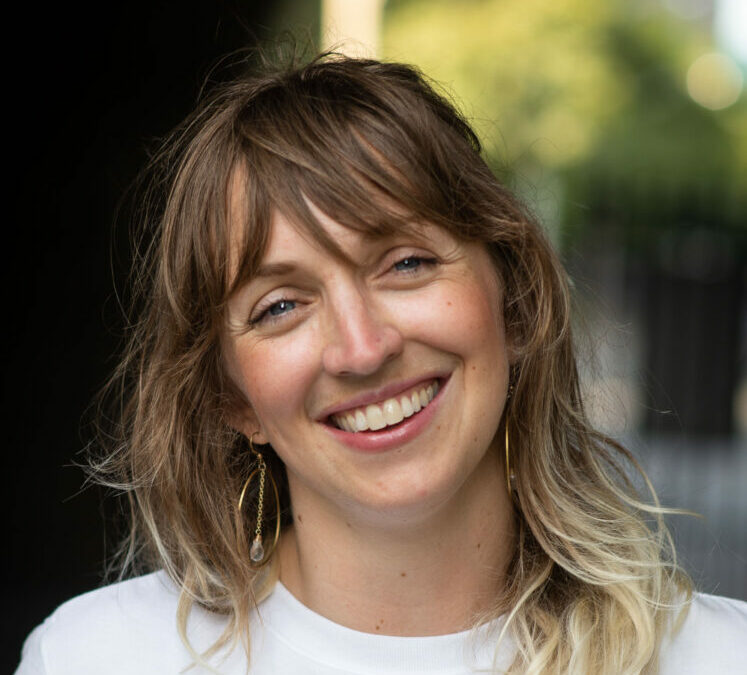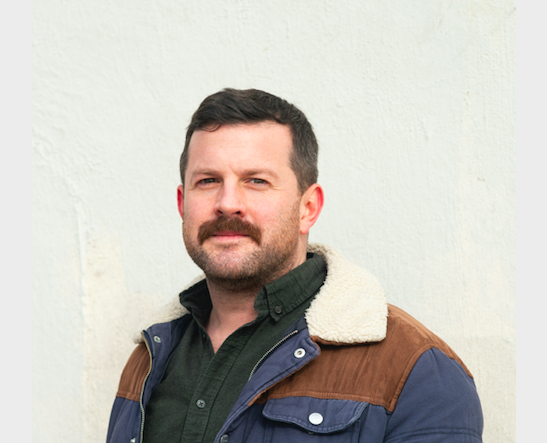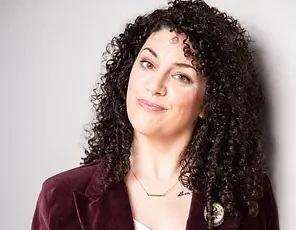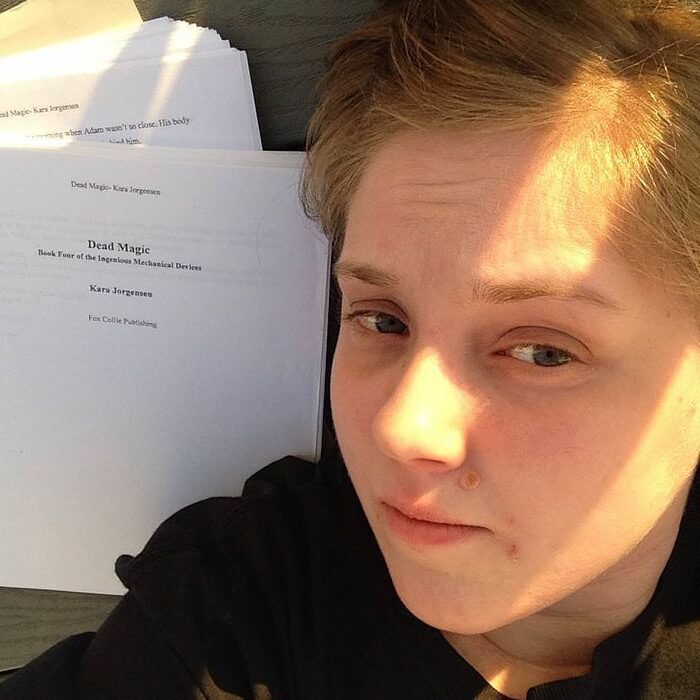
by Michele Kirichanskaya | Jul 24, 2024 | Blog
Kaleigh Trace is a writer and therapist living in Toronto. In a previous life she made sex education her business. Her first book, Hot, Wet, and Shaking: How I Learned to Talk about Sex was published in 2014 and won the Evelyn Richardson Non-Fiction Award. In 2024,...

by Rebelle Summers | Jul 3, 2024 | Blog
Writer and editor Greg Lockard is bringing the heat this Pride with a new graphic novel, Trick Pony. A universe away from his GLAAD Media Awards nominated and New York Times celebrated Liebestrasse set in Nazi-era Germany, this time Lockard, with artist Anna David and...

by Michele Kirichanskaya | Apr 24, 2024 | Blog
Born and raised a voracious reader of anything she could get her hands on in rural Nova Scotia, Rose Sutherland has an overactive imagination and once fell off the roof of her house trying to re-enact Anne of Green Gables. She’s continued to be entertainingly...

by Joe Corallo | Apr 6, 2024 | Blog
Today, April 6th is International Asexuality Day. To quote directly from their website, “IAD is a coordinated worldwide campaign promoting the ace umbrella, including demisexual, grey-asexual, and other ace identities.” We put together a round up of ace...

by Jason Kivela | Nov 15, 2023 | Blog
Kara Jorgensen (they/them) is a queer, nonbinary oddball with a penchant for all things antiquated, morbid, or just plain strange. While in college, they realized they no longer wanted to be Victor Frankenstein but instead wanted to write like Mary Shelley and thus...






